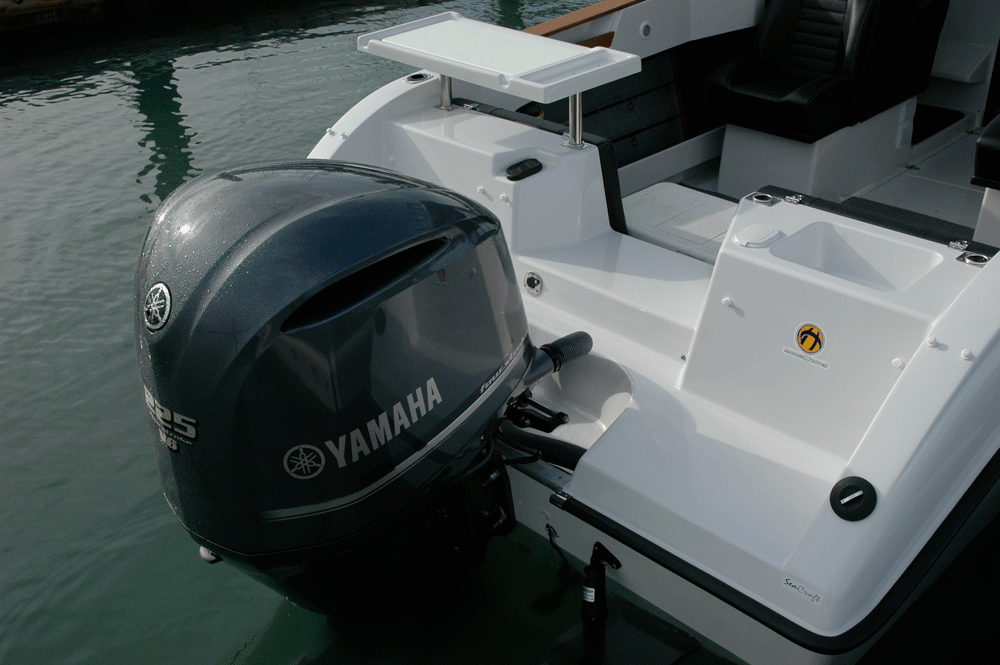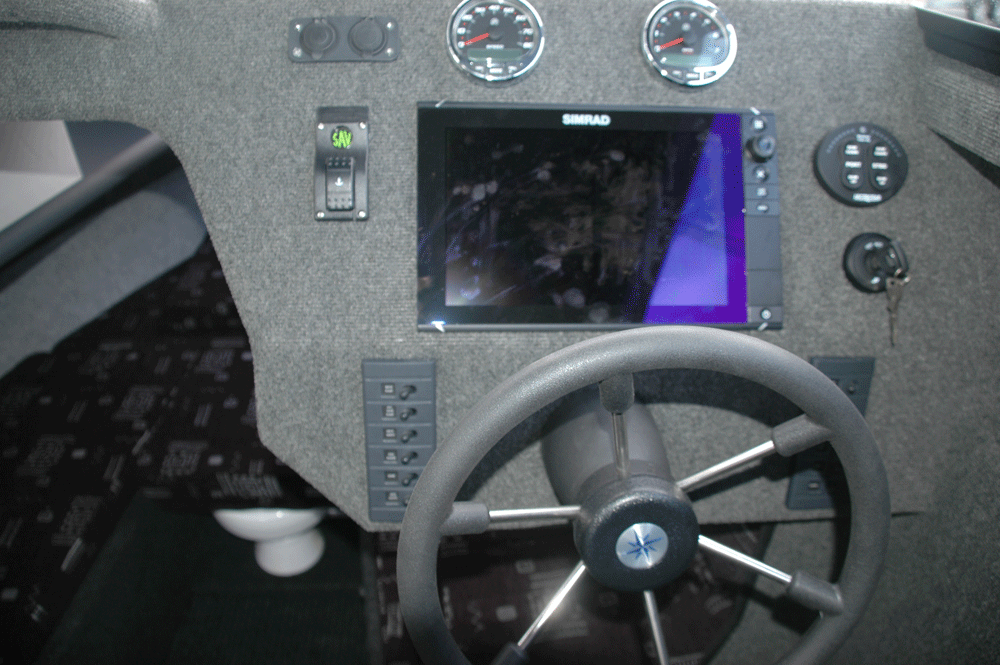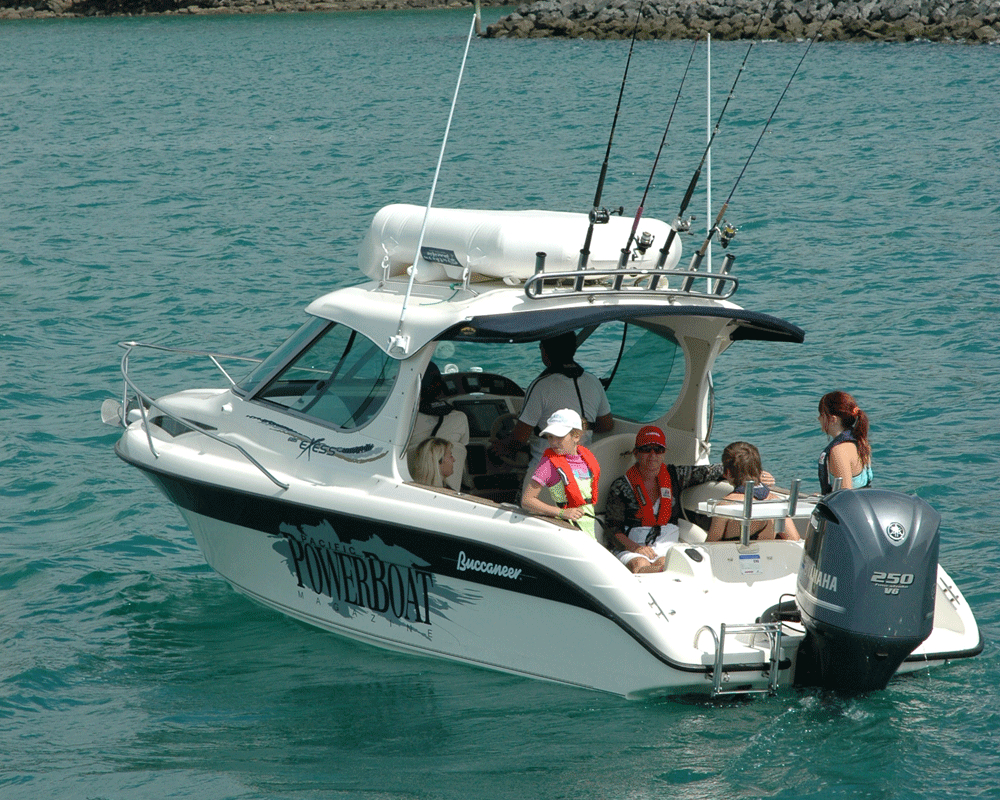In the second part of our KNOW YOUR SERIES on our Facebook and online pages, we look at KNOW YOUR BOAT. You can check out the new series on our Facebook page that begins on July 3. Each week Barry Thompson explains different facets of what you should know when buying a new or used trailer boat. He offers some advice on types of boat, layouts, safety, insurance and some hints on driving your boat.
So here’s a brief look at what each episode is all about. Go to our Facebook page – Pacific PowerBoat Magazine – and check them out.
TYPES OF BOATS
Boats come in a variety of shapes and sizes and in some ways it’s like buying a car. You don’t purchase a Lambo if you have a family of five to carry around and you don’t buy a Landcruiser if you are looking for a hot performance machine. In the first of the series on Knowing Your Boat, we look at all the different styles of boats from open runabouts to hardtops.
The trailer boat market in New Zealand offers such a wide variety of models and styles that buy a boat can be a daunting task, especially if you don’t have a particular brand in mind.
Every boat has a purpose and before you make a buying decision, you need to make sure that the boat you are looking at is designed for what you want to use it for. If you are into fishing and diving and like going out wide, then maybe it’s a hardtop. If you love cruising around with the family, then a cabin boat or even a bow rider will do the job.
Boats are of course multi-purpose and most Kiwis use their boats for more than one pursuit.
DIFFERENT LAYOUTS

We will look at the different types of interiors from those more suitable for fishing to ones that are great for overnighting. The different seating styles closed in or open, access for diving and storage of everything from rods to a chilly bin and wet locker.
Every boat is different and manufacturers don’t all follow the same rules of design. The variance in size of a similar length hull is not so much about the beam (and that doesn’t vary very much) but more about how the boat is configured. We look at the balance between the cabin and the cockpit and why some layouts are better than others for specific boating needs.
However, again Kiwis tend you make the most of what they have and a bowrider while in no way is suitable for overnighting, it does make a great fishing boat, especially if you are into soft baiting. If you are looking at an overnighter, then you need to make sure the boat has all the necessary equipment, such as cooking facilities, head, shower and reasonable size berths.
HULL MATERIAL

So you have some idea now of the type of boat you want, but what about what construction medium it is. When it comes to trailer boats, there are two predominant materials, fibreglass and aluminium. Forty years ago it was all fibreglass, as the real surge in alloy didn’t come till about 20 years ago. Today 2/3rds of all new trailer boats sold in NZ are alloy.
Believe it, there are over 75 alloy boat builders in the country, building everything from jet riverboats to big bluewater hardtops. This compares to less than 12 production fibreglass boat builders. The benefit of alloy is when you order a new boat it is easy for the builder to make custom changes, something that is not possible in a production GRP boat. A lot of people prefer alloy boats if they are seriously into fishing.
Then there are the inflatables and RIBs, which in recent years have become very popular, especially in boats over 6m. They are again a very versatile boat and popular as tenders and for diving.
One of the most robust forms is the rotationally moulded boat built in a mould from polyethylene thermoplastic. Only available to around 6m, the ‘plastic’ boat is again really popular for those diving and fishing.
POWERING YOUR BOAT

You have two choices, inboard or outboard. With the inboard, you can go for a direct shaft drive, jet unit or sterndrive and either petrol or diesel. The diesel stern drive has become very common now in the larger trailer boats. When it comes to outboards, the choice is vast, although essential only from six leading manufacturers. Yamaha, for example, offers a massive range from 2.5hp right through to the recently released 425hp. Other manufacturers even go as high as 627hp.
Years ago it was all 2-stroke, but today the swing has been to 4-stroke or, if still two-stroke technology, direct injection. Four stroke outboards have become lighter, more compact and extremely efficient in recent years and most of the leading outboard manufacturers are phasing out their 2-stroke technology.
Diesel outboards are just starting to get some traction with many brands available and just around the corner are larger electric outboards, which right now are only available as auxiliary trolling engines.
Also, you need to consider what your boat is rated for, which you can get from the manufacturer or check out the CPC or CE requirements.
ACCESSORIES YOUR BOAT

So you have your boat sorted and your motor, but what about all the accessories you need, well maybe don’t need, but can have to make your boat that much more complete. We look at everything from the stereo to the VHF, bait tank to the wash down pump. Trailer boats generally are sold with a reasonably basic kit and you might find that things like a GPS, MFD, bait board or rocket launcher are on the options list. So what do you tick? Well, it all depends on your boating requirements. If you are into fishing, then a fishfinder or an MFD (Multi Function Display) is a must, as is a bait board and even a live bait tank if you are serious about your fishing.
If you are overnighting, it might be good to add a cockpit camper pack and even a hot water shower system. What about trim tabs and a canopy, ski pole or some U-Deck on the floor. It all costs but a lot of it is well worth the investment. Just make sure when buying the boat that the final price includes all the extras.
SAFETY EQUIPMENT

Apart from the purchase of the boat, this is probably one of the most essential ‘extras’ to consider on your boat. If it’s a CPC rated boat then due to the buoyancy requirements you know it’s not going to sink under you even when full of water. However, as comforting as that is, you need a lot more besides.
Firstly lifejackets, a suitable number for everyone aboard and maybe a few spares. Then there is communication with not only your mobile phone (in a dry bag) but also a VHF, either fixed or portable, flares, an EPIRB and even a simple thing like a torch is worth having onboard.
There are quite a few fancy electronic safety aids now available and you can never have too much. But whatever you do include, make sure it is easily accessible and you know how to use it. It is also important to make sure your flares are up to date.
FINANCE & INSURANCE

While you have your boat, motor and all the accessories sorted, the next thing is to pay for it all. That’s where Yamaha finance comes into it. Yamaha has been supplying innovative and exciting leisure products for more than 60 years and Yamaha Motor Finances (YMF) goal is to help you purchase the products you have always wanted to make your dream a reality.
YMF was established to give Yamaha customers access to specially tailored finance packages on Yamaha’s vast range of motor products. This unique relationship means YMF has a better understanding of motorcycle and marine products and more importantly, caters to your needs.
Apart from competitive rates, you also benefit from the fixed interest rate and repayments, flexible loan terms available from 2 to 5 years and the ability to finance accessories and approved insurances.
A YMF loan is simple and convenient. Applications can be completed in person at one of Yamaha’s nationwide dealerships or pre-approved online through the YMF website.
Now there is even more reason to take advantage of the benefits Yamaha Motor Finance & Insurance can offer you and you choose the option that best suits you!
HOW TO DRIVE YOUR BOAT

This final video will see me using a boat on the water and showing how to trim a boat correctly, understanding a few basic rules of the sea and driving a boat with consideration of those aboard.
Unlike the road, water conditions change and how you drive a boat in a following sea can be entirely different to what you do in a head sea. It doesn’t matter what size the boat is, conditions play a part and by trimming the boat right, can make all the difference in the ride and how you and your passengers enjoy the trip.
In this our final in the Know Your Boat Series we offer some advice and planning and why it’s important to look at the pending weather, so you don’t get caught out in adverse sea conditions on your trip home.
We also look at how joining Coastguard and the Coastguard boating course might be just what you need to have that peace of mind.




